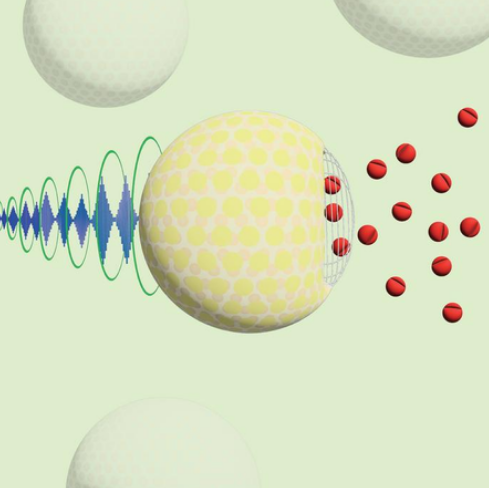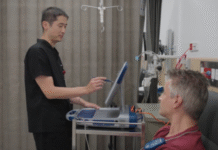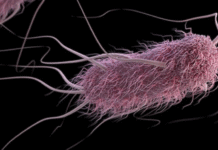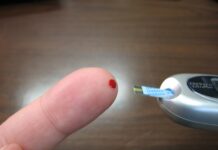NEW DELHI– Scientists at Stanford University have developed a non-invasive drug delivery system that uses ultrasound and sugar-stabilized nanoparticles to release medicines precisely where they are needed, potentially reducing harmful side effects.
The approach, described in Nature Nanotechnology, allows drugs to circulate safely in the bloodstream until activated by a focused beam of ultrasound. In experiments with rats, the system successfully delivered ketamine to targeted brain regions and painkillers to specific nerves in the limbs.
“Turns out just a little bit of sugar is all you need to make this work,” said Raag Airan, assistant professor of radiology at Stanford Medicine. The researchers discovered that adding a 5 percent sucrose solution to the nanoparticles created a stable yet ultrasound-responsive delivery vehicle.
The technology encapsulates drugs in nanoparticles with a liquid core. Earlier attempts with polymers and salts were unsuccessful, but sucrose offered the right balance of stability and sensitivity to ultrasound at body temperature.
When tested, the nanoparticles released roughly three times more ketamine into targeted brain regions compared to other areas, demonstrating precise drug release triggered by ultrasound. Rats that received free, unencapsulated ketamine did not show this selective delivery.
By limiting drug release to specific sites, the system could help maximize therapeutic effects while minimizing side effects. For example, clinicians could use ketamine for its antidepressant benefits without triggering its unwanted dissociative effects.
The researchers believe the platform could eventually be adapted to a wide range of drugs, improving safety and effectiveness in treatments ranging from neurological disorders to pain management. (Source: IANS)













